Resources
A collection of key books, papers and venues that are foundational to Responsible Robotics and AI - and serve as inspiration to our team.
Book recommendations
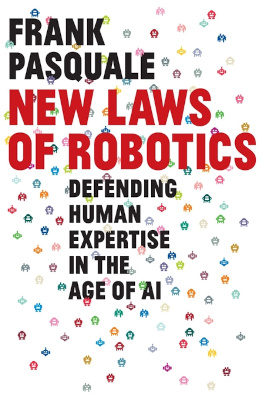
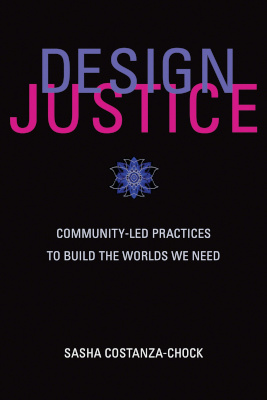
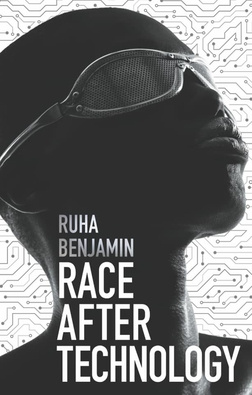
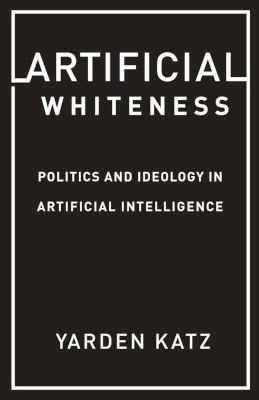
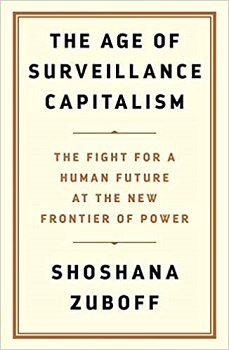
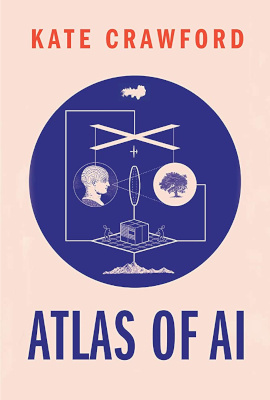
Paper recommendations
- S. Serholt, S. Ljungblad, and Nı́ Bhroin Niamh, “Introduction: special issue—critical robotics research,” AI & SOCIETY, vol. 37, no. 2, pp. 417–423, 2022.
- A. Hundt, W. Agnew, V. Zeng, S. Kacianka, and M. Gombolay, “Robots enact malignant stereotypes,” in 2022 ACM Conference on Fairness, Accountability, and Transparency, 2022, pp. 743–756.
- M. Brandao, “Normative roboticists: the visions and values of technical robotics papers,” in IEEE International Conference on Robot and Human Interactive Communication, 2021, pp. 671–677. [PDF]
- M. R. Calo, “Robots and privacy,” in Machine Ethics and Robot Ethics, Routledge, 2020, pp. 491–505.
- Q. V. Liao, D. Gruen, and S. Miller, “Questioning the AI: informing design practices for explainable AI user experiences,” in CHI Conference on Human Factors in Computing Systems, 2020, pp. 1–15.
- R. Abebe, S. Barocas, J. Kleinberg, K. Levy, M. Raghavan, and D. G. Robinson, “Roles for computing in social change,” in Conference on Fairness, Accountability, and Transparency, 2020, pp. 252–260.
- B. Kulynych, R. Overdorf, C. Troncoso, and S. Gürses, “POTs: protective optimization technologies,” in Conference on Fairness, Accountability, and Transparency, 2020, pp. 177–188.
- M. Chromik, M. Eiband, S. T. Völkel, and D. Buschek, “Dark Patterns of Explainability, Transparency, and User Control for Intelligent Systems,” in IUI workshops, 2019, vol. 2327.
- B. Green and Y. Chen, “The principles and limits of algorithm-in-the-loop decision making,” Proceedings of the ACM on Human-Computer Interaction, vol. 3, no. CSCW, pp. 1–24, 2019.
- Z. C. Lipton, “The mythos of model interpretability: In machine learning, the concept of interpretability is both important and slippery.,” Queue, vol. 16, no. 3, pp. 31–57, 2018.
- S. Šabanović, “Robots in society, society in robots: Mutual shaping of society and technology as a framework for social robot design,” International Journal of Social Robotics, vol. 2, no. 4, pp. 439–450, 2010.